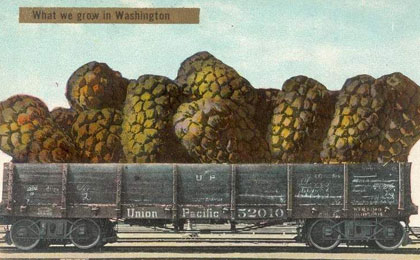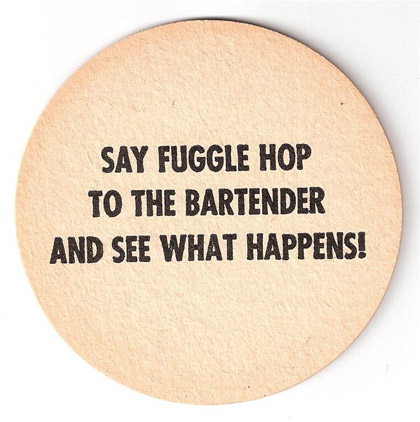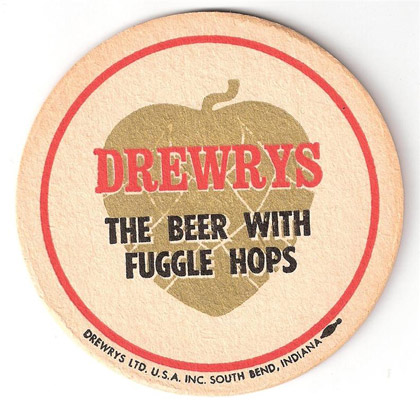Joel Nosh of the Chicago Tribune explains why it was a coup Chicago-area brewers won all three medals in the American-style pale ale category at the Great American Beer Festival.
First, the Chicago area took the top three spots from among 109 beers entered, one of the most competitive categories at GABF. Also, American-style pale ales and their bold use of hops were pioneered on the West Coast, and the top honors in the category usually go to those brewers. But not this year.
For the record, they were:
– Gold: Brickstone APA, Brickstone Restaurant and Brewery, Bourbonnais, Ill.
– Silver: The Weight, Piece Brewery and Pizzeria, Chicago.
– Bronze: Zombie Dust, Three Floyds, Munster, Ind.
Piece brewmaster Jonathan Cutler was sitting directly in front of me during the awards ceremony. The Weight was brewed as a “tribute and a celebration” after Levon Helm died last spring. When the silver was announced, Cutler stood right up, made a fist, punched a giant hole in something, and shouted (yes, it was pretty loud), “F**k, yeah.” It made everybody around flat out grin, maybe even laugh.
Cutler has won plenty of medals at GABF and the World Beer Cup. Perhaps he was a little more excited because had just won silver after Zombie Dust had won a the bronze. He and Nick Floyd of Three Floyds are the best of friends, but who wouldn’t want to one-up that cult beer?1
In any event, when I saw Cutler in the past I thought first of weiss bier and then about the delicious Piece pizza.
Now, I’ll see him bolting to his feet, bumping his fist, and . . .
*****
1 Zombie Dust is brewed with immensely popular and hard-to-get Citra hops. Certainly part of the reason they are popular is because demand exceeds current supply, and perhaps Alan McLeod is right when he suggests they could be just a fad. But they also have an aroma different than hops that came before. This might be like more than a hundred years ago, when brewers in Britain began using the Fuggle hop. Wow, that’s different. And, despite various agronomic issues, Fuggle is still around. In fact, she’s a great grandmother of Citra.


